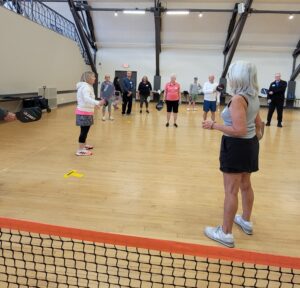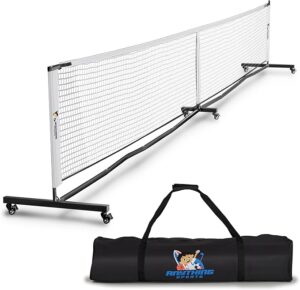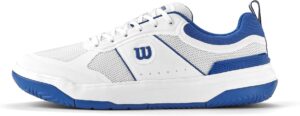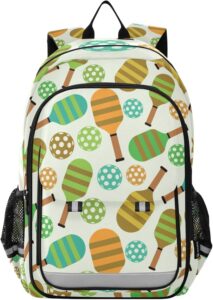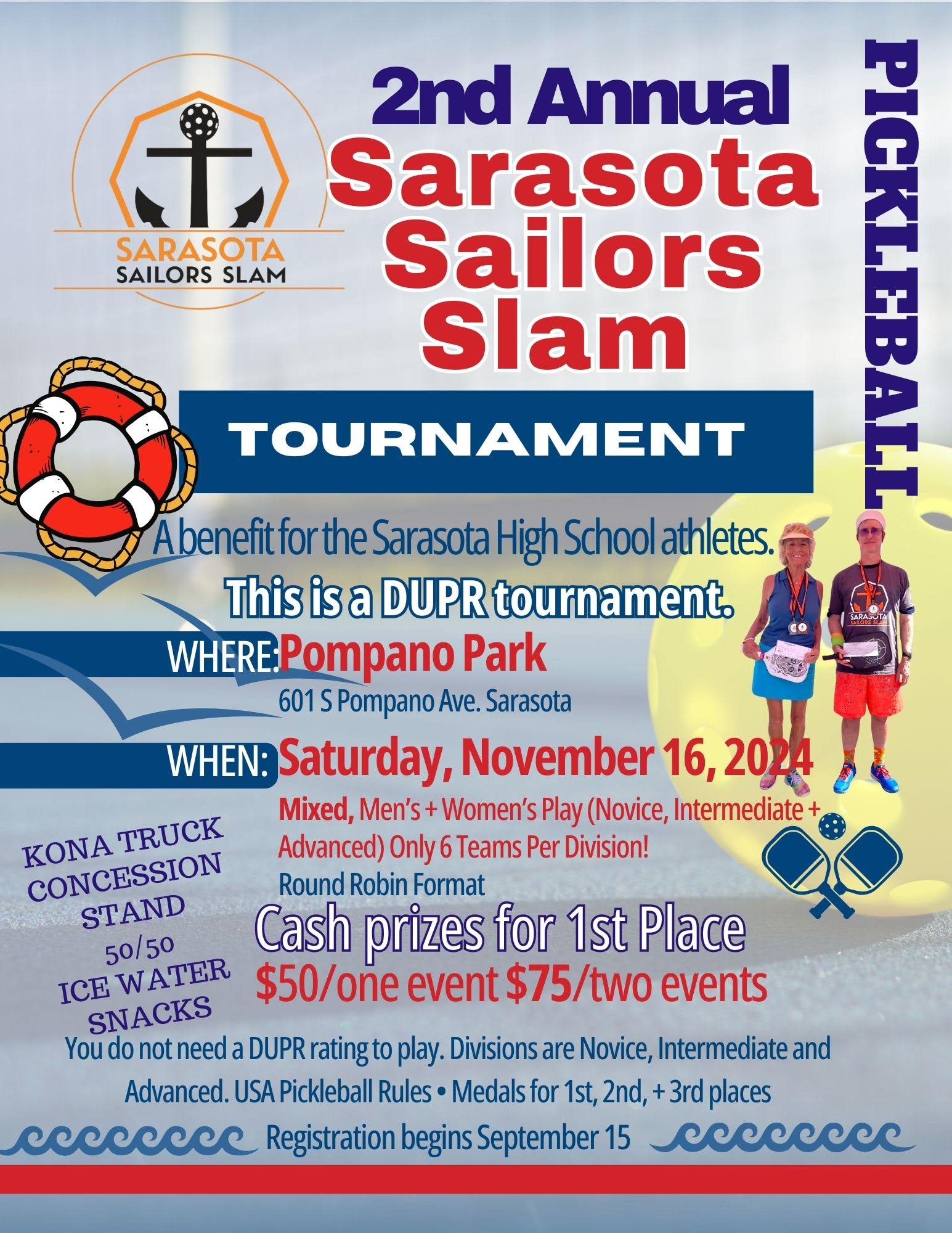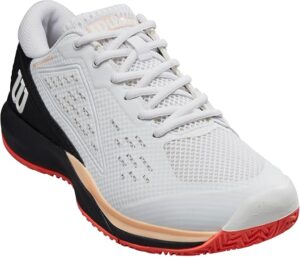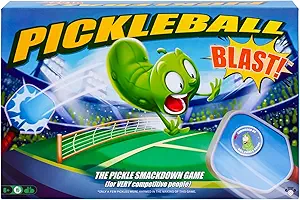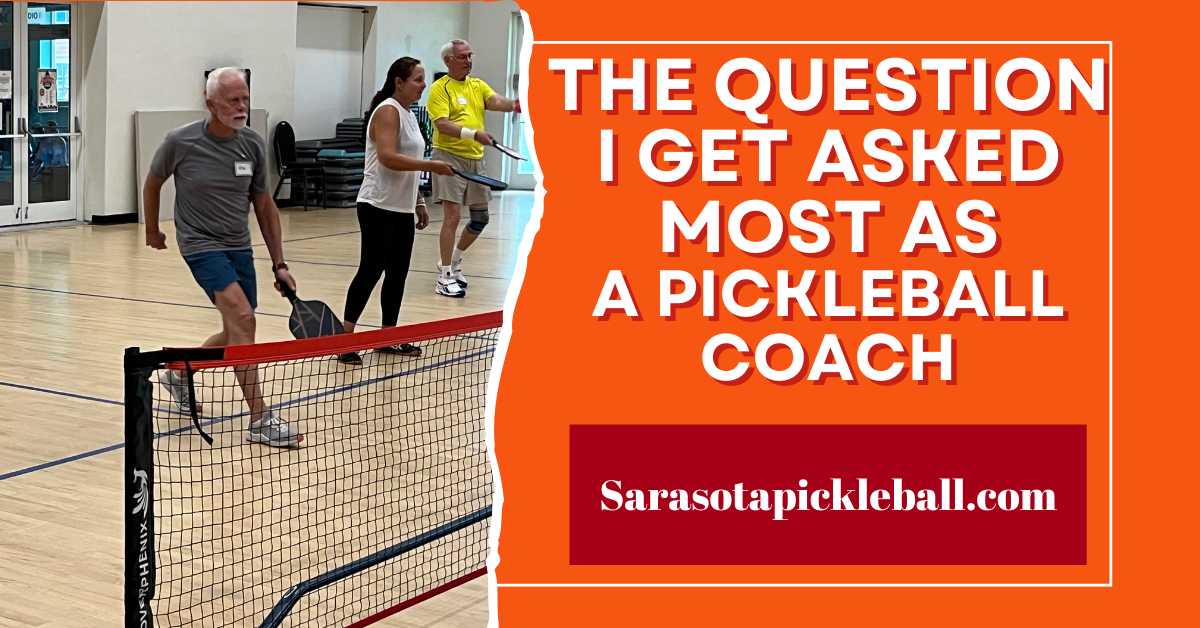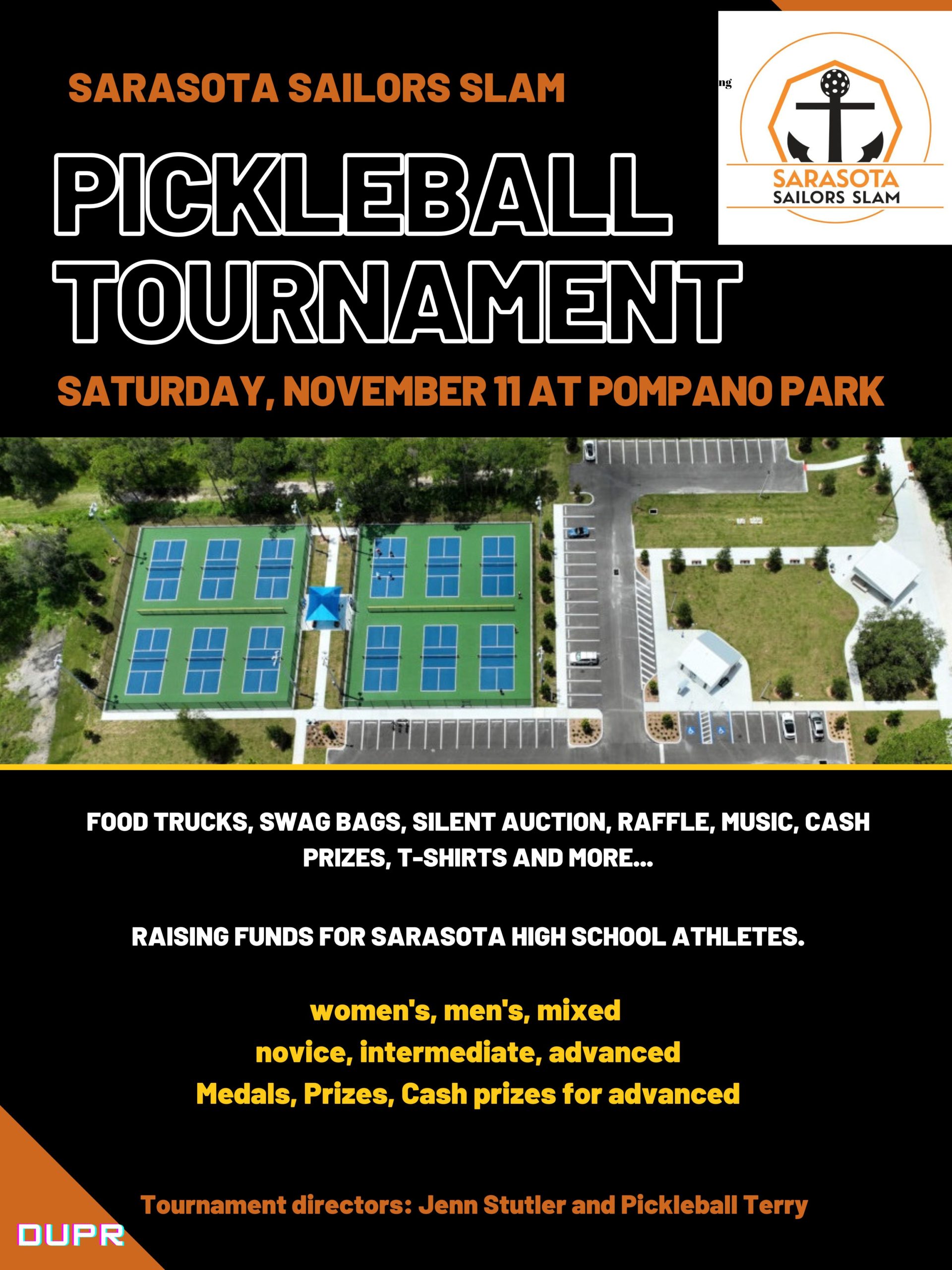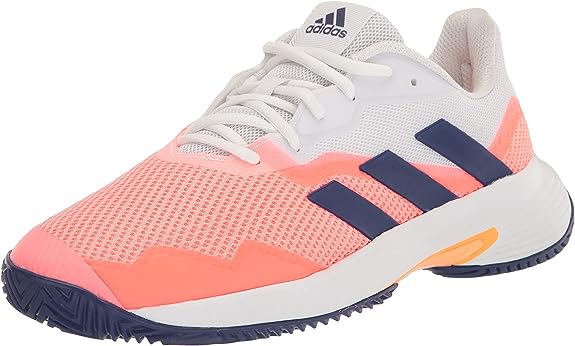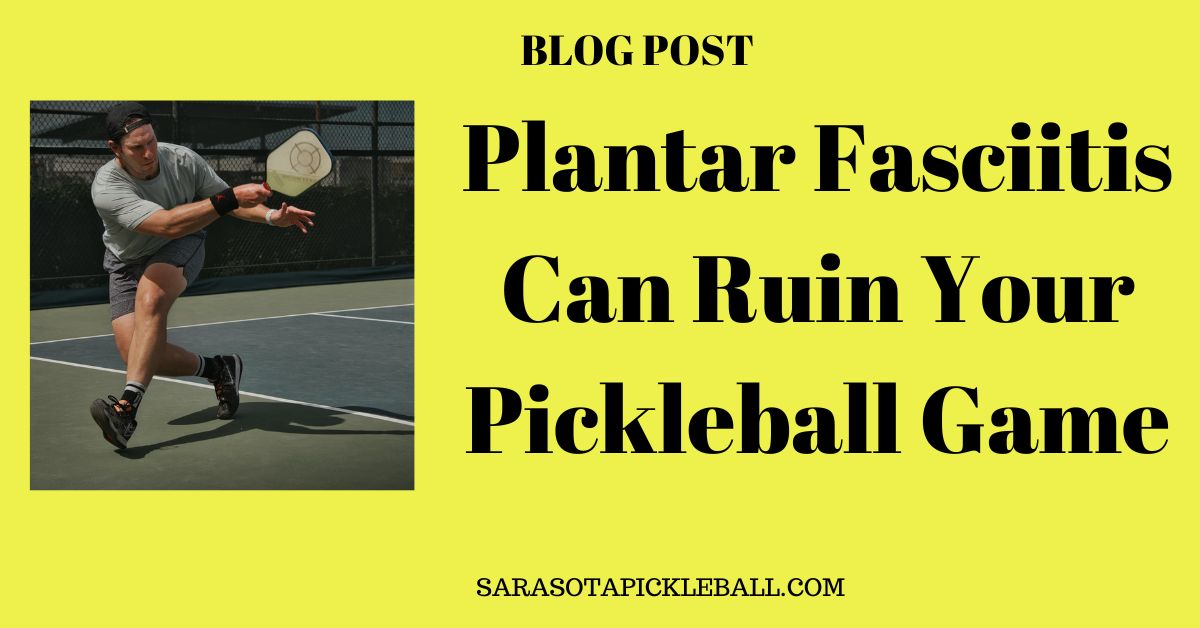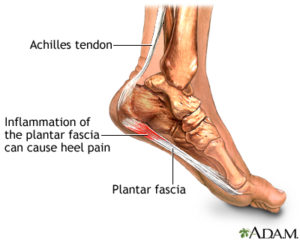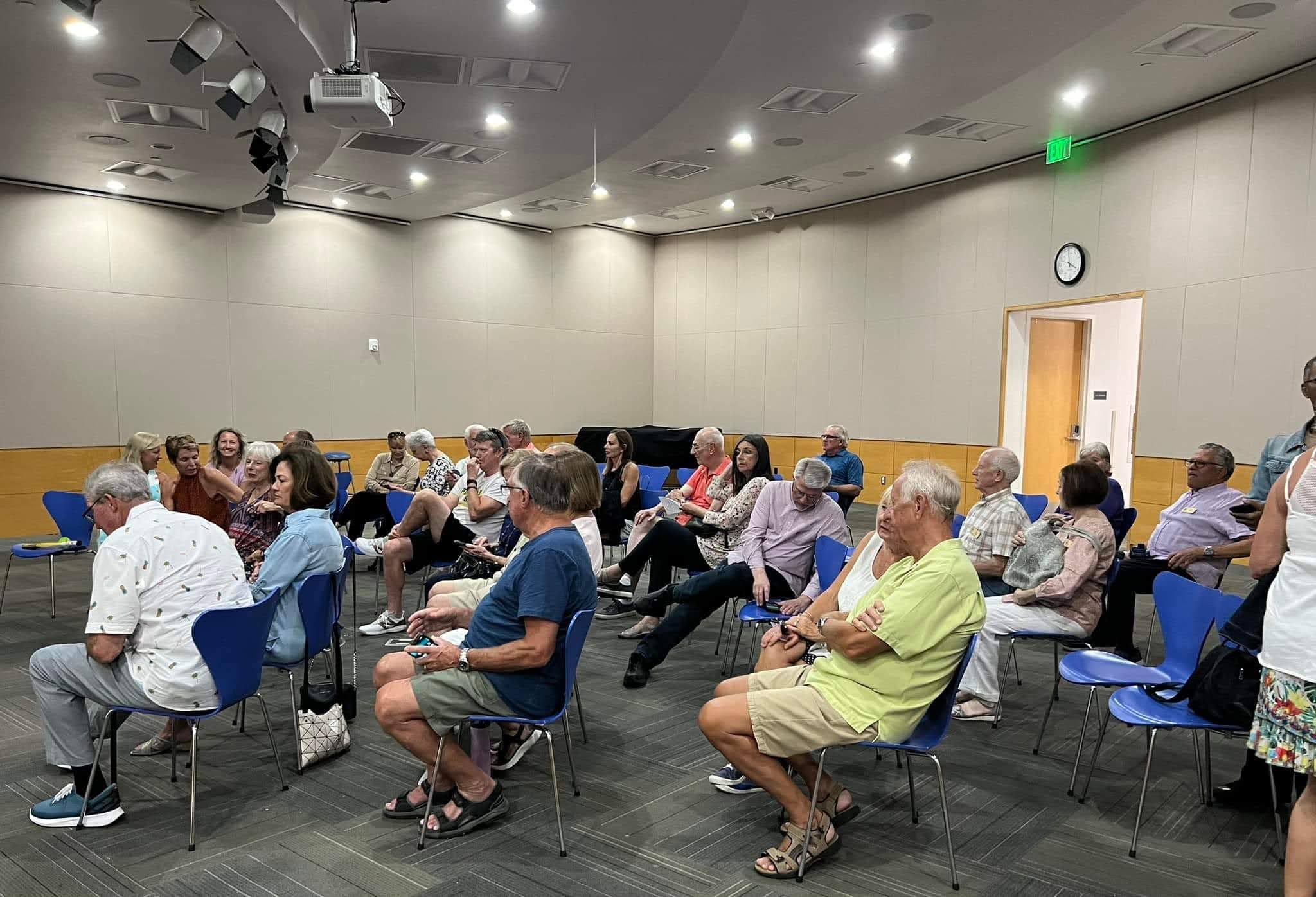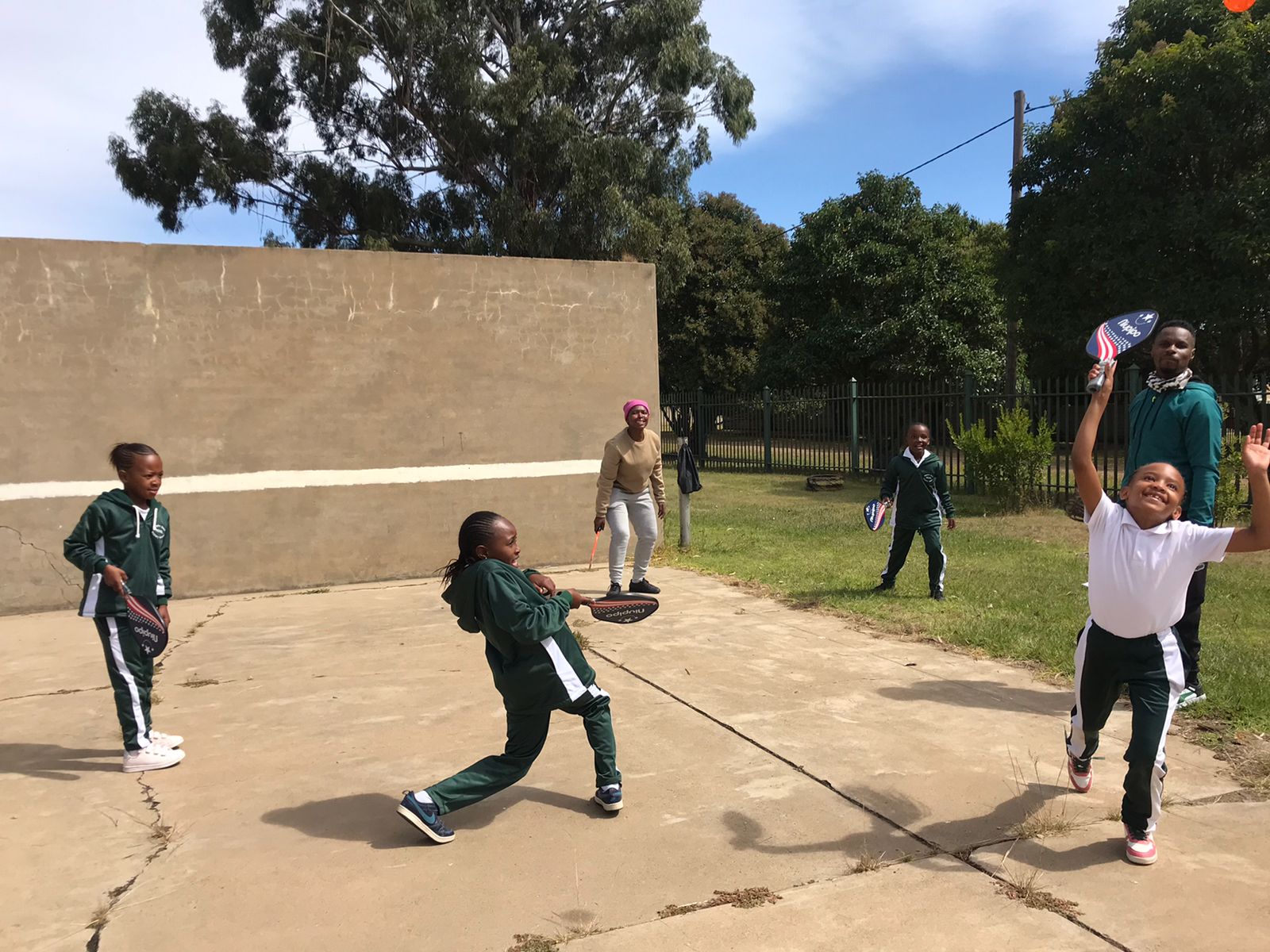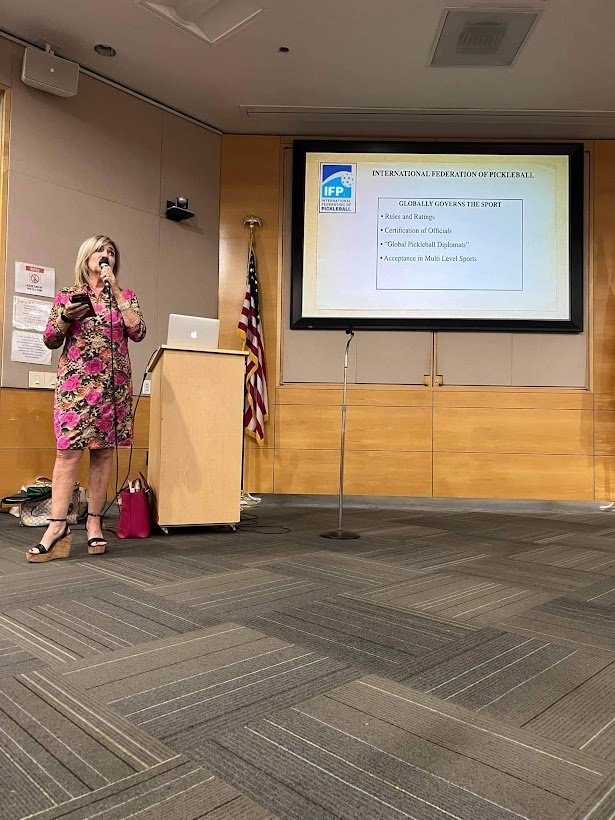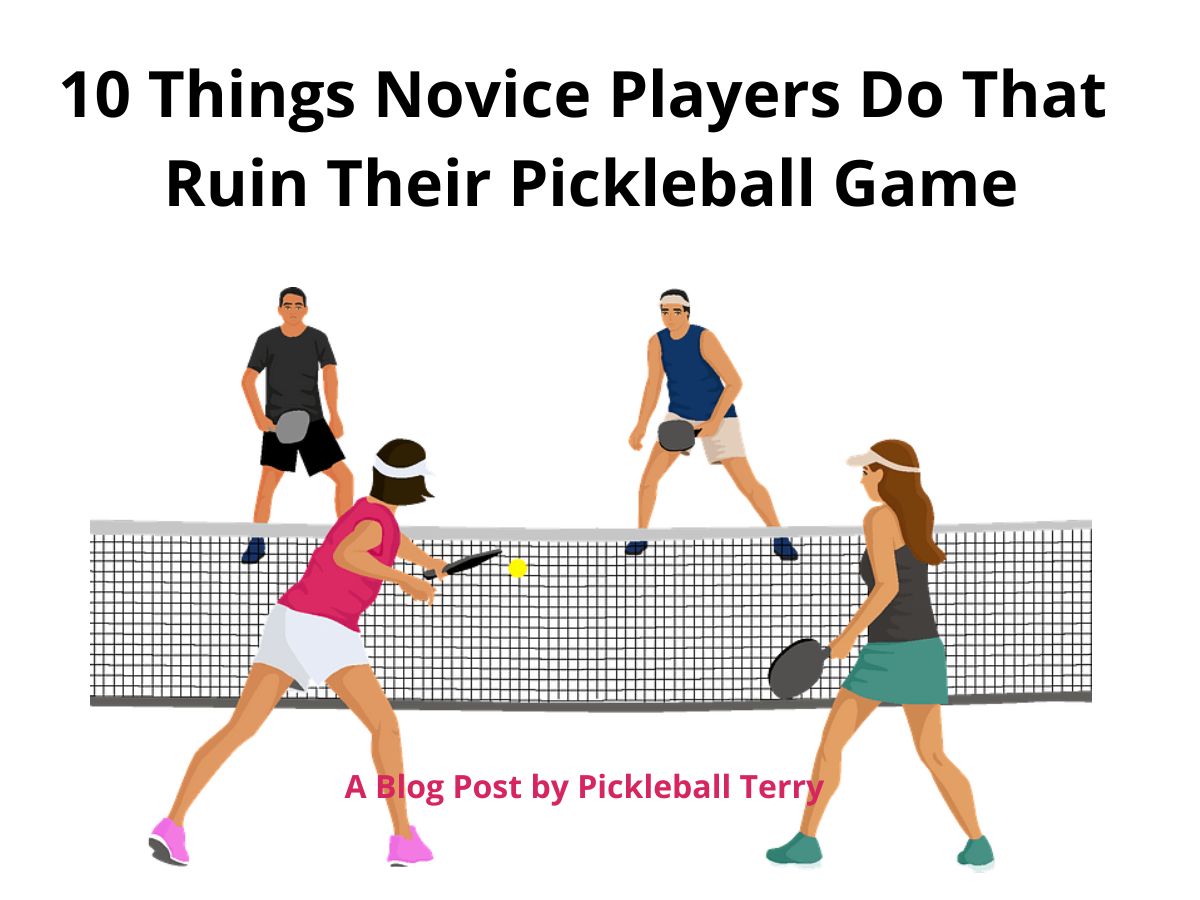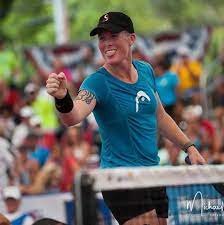 How to Play Aggressive Pickleball (Without Losing Control)If you want to win more pickleball matches, sometimes the best defense is a great offense. Playing aggressively on the court can help you take control, apply pressure, and dominate — but it needs to be smart and strategic.
How to Play Aggressive Pickleball (Without Losing Control)If you want to win more pickleball matches, sometimes the best defense is a great offense. Playing aggressively on the court can help you take control, apply pressure, and dominate — but it needs to be smart and strategic.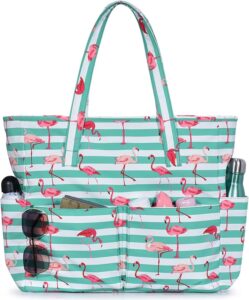 CLICK HERE
CLICK HERE
🔥 What Is Aggressive Pickleball?
Aggressive pickleball isn’t just about hitting the ball hard. It’s about:
- Taking control of the net
- Applying pressure on weak shots
- Attacking at the right moments
- Moving with purpose and confidence
- Finishing points decisively
Aggression is about mindset as much as mechanics.
✅ Benefits of Playing Aggressively
1. Forces Opponent Errors
When you play fast and aggressively, your opponents have less time to react — leading to more unforced errors.
2. You Control the Tempo
Aggressive players dictate how rallies unfold. You’re playing offense, not defense.

3. Creates Momentum
An aggressive approach fuels energy and momentum, shifting a match in your favor, especially in doubles.
🎯 5 Ways to Play Aggressive — the Smart Way
1. Own the Kitchen Line
After your third shot, rush the net and hold the line. This is where most points are won. From this position, you can:
- React faster
- Pressure opponents with volleys
- Cut off angles
2. Attack Weak Shots
Look for:
- Pop-ups
- High dinks
- Weak serves or returns
When you see a ball sitting up, go for it — but stay in control. Target feet, hips, or open court space.

4 Pieces Funny Dinkball Towels Microfiber Cotton Athletic Towels click here
3. Use Smart Placement
Aggression doesn’t always mean power. Well-placed shots can be just as deadly:
- Sharp cross-court angles
- Deep drives to the backhand
- Roll volleys into the body
4. Anticipate & Move Early
Aggressive players don’t wait — they read and react. Stay light on your feet and anticipate your opponent’s next shot.
5. Keep Your Cool
Playing aggressively doesn’t mean playing emotionally. Stay calm, composed, and calculated. Smart aggression wins — not wild swings.
⚠️ When Not to Be Aggressive
Don’t attack just for the sake of it. Know when to reset the rally instead. Avoid attacking when:
- The ball is low or skimming the net
- You’re off-balance
- You’re out of position
Patience is part of being aggressive — wait for the right ball.
🔁 Drills to Build Aggressive Skills
- Third Shot Drive + Crash Drill
Hit a third shot drive and follow it to the net quickly. Practice footwork and court positioning. - Attack vs. Reset Game
One player attacks; the other focuses on resets. Switch roles every 5 minutes. - Fast Hands Volley Battle
Stand at the kitchen line and rapid-fire volleys with a partner to train reflexes.
🧠 Final Tip: Controlled Aggression Wins
If you want to level up your game, don’t just “play it safe.” Be the player who takes initiative, attacks smartly, and stays one step ahead.
When done right, aggressive pickleball is confident, calculated, and incredibly effective.
Want more pickleball tips? Subscribe to our newsletter and get weekly insights straight to your inbox.
Thanks for reading!
Pickleball Terry
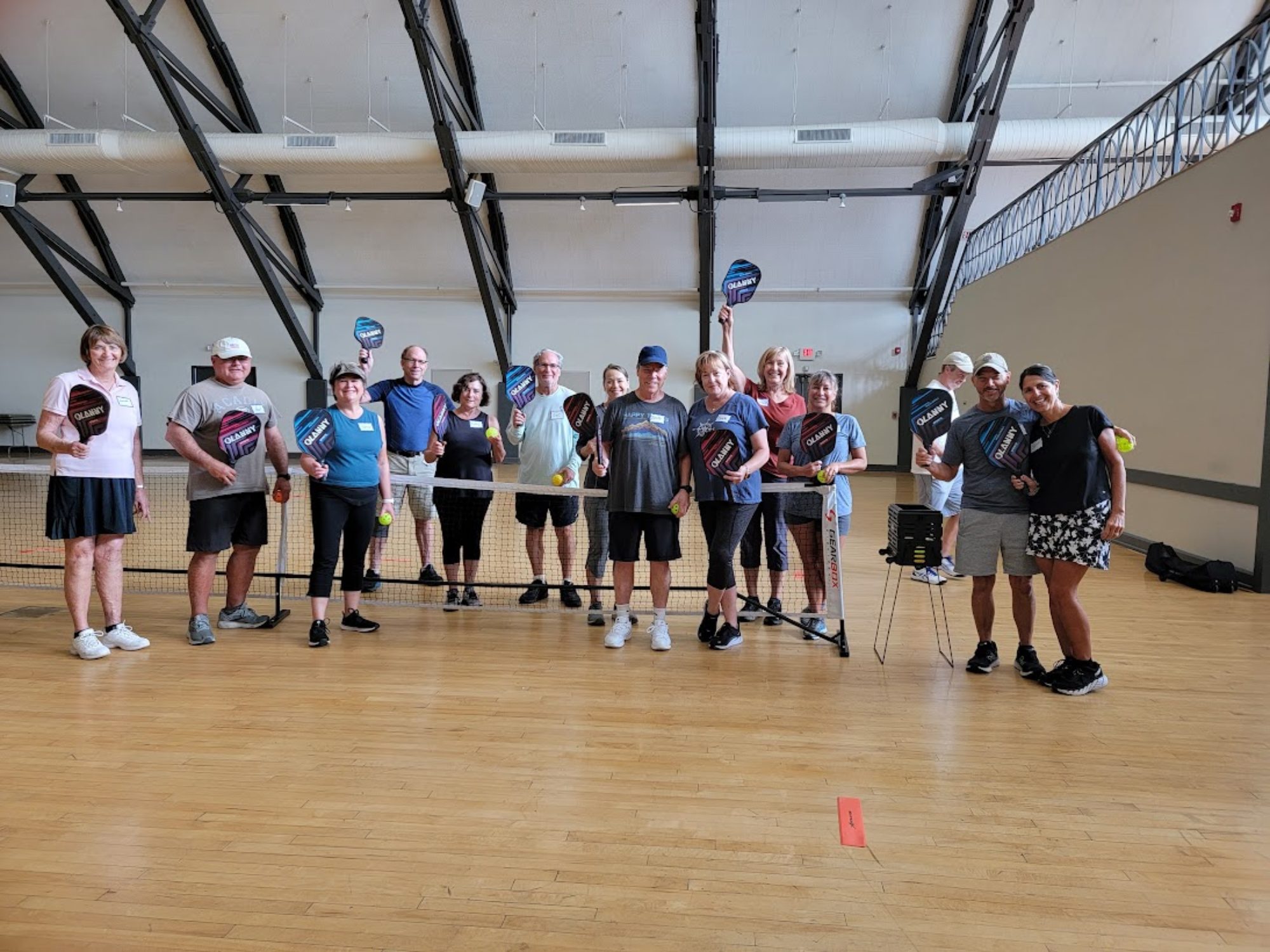
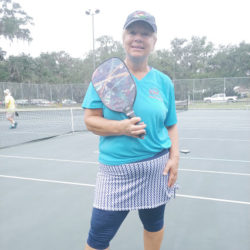
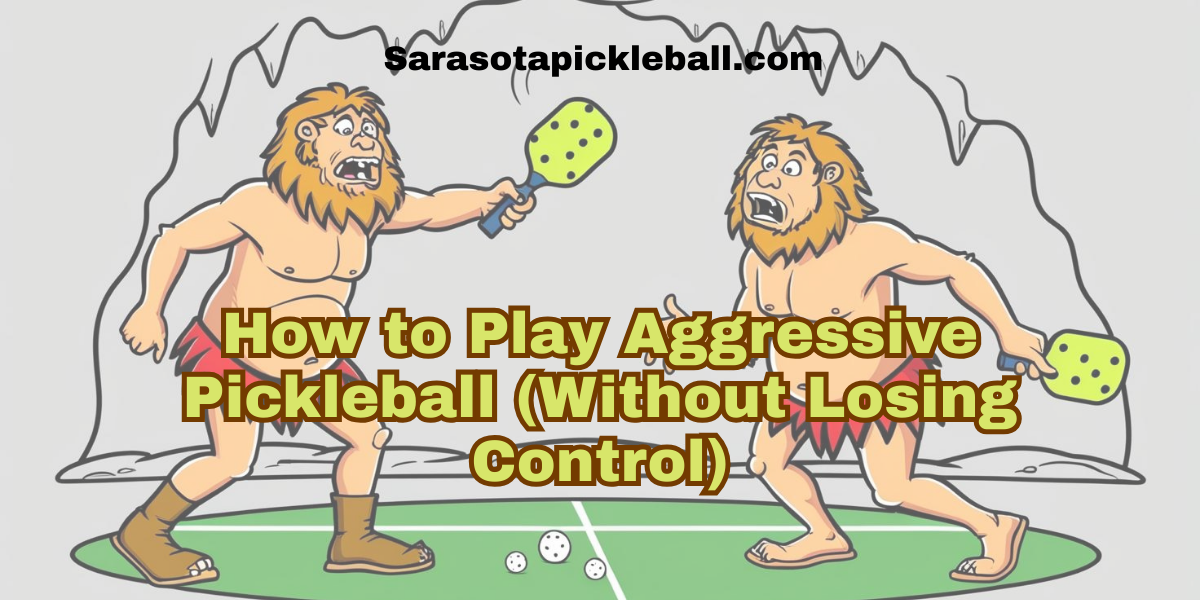

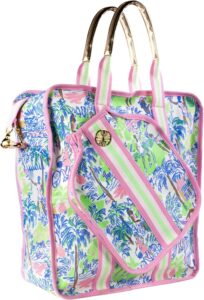

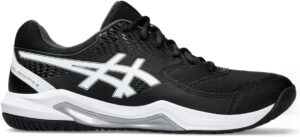
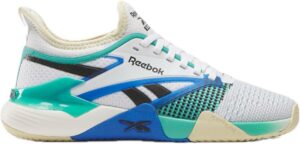 CLICK HERE
CLICK HERE